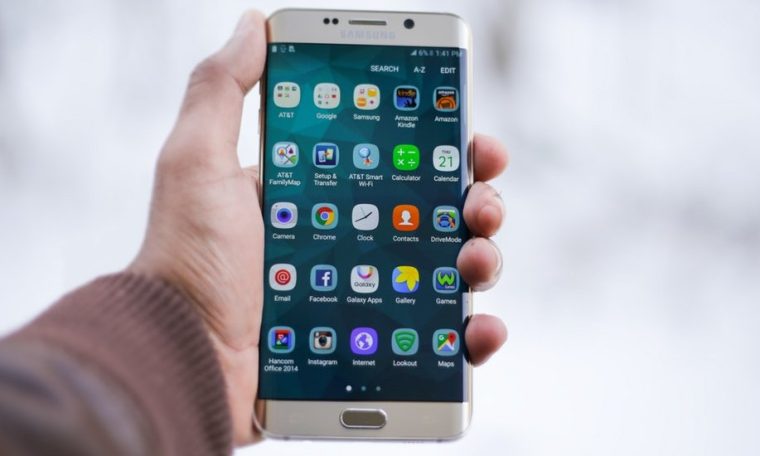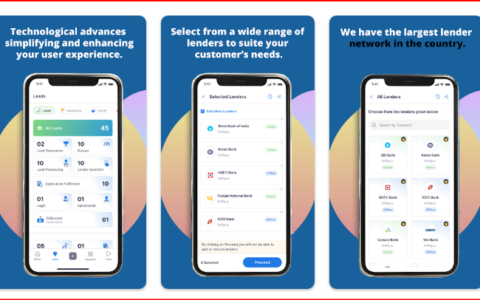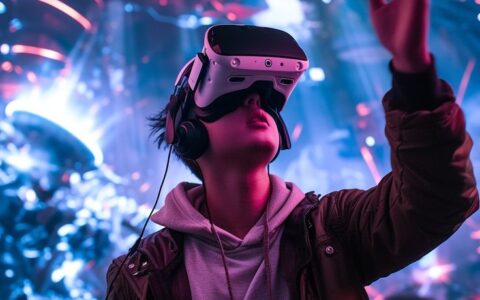
In today’s digital age, where smartphones are practically extensions of ourselves, mobile app design has become an essential aspect of user experience. From social networking to productivity tools, entertainment to e-commerce, every aspect of our lives can now be accessed through a tiny, glowing screen. In the United States, a hotbed of innovation and tech-savvy consumers, the standards for mobile app design are particularly high. Let’s dive into the world of mobile app design trends and best practices in the USA.
User-Centric Design
At the heart of successful mobile app design is a deep understanding of the end user. In the USA, where users are accustomed to sleek interfaces and seamless experiences, apps must prioritize usability and functionality. User-centric design involves:
- User Research: Before even opening a design tool, thorough user research is key. Understanding user demographics, behaviors, and preferences lays the foundation for a design that resonates.
- Intuitive Navigation: Users in the USA appreciate apps that are easy to navigate. Clear, logical pathways and minimalistic design ensure users can achieve their goals with minimal friction.
- Personalization: Tailoring experiences to individual users can significantly enhance engagement. From personalized recommendations to custom settings, personalization is the name of the game.
Sleek and Responsive Interfaces
Americans are no strangers to beautifully designed interfaces, and mobile apps are no exception. Designing for mobile means accounting for various screen sizes and devices, ensuring responsiveness across the board. Key elements of sleek interfaces include:
- Minimalism: Clean, uncluttered designs are favored. Each element serves a purpose, contributing to a focused user experience.
- Bold Typography and Colors: Typography and color schemes can convey brand personality and guide user attention. Bold, readable fonts and strategic color choices enhance app aesthetics.
- Microinteractions: From subtle button animations to satisfying swipes, microinteractions make the user experience delightful. In the USA, these small details can make a big difference.
Mobile app design in the USA is a dynamic field where innovation meets user expectations head-on.
Accessibility and Inclusivity
Accessibility isn’t just a trend—it’s a necessity. Ensuring all users, regardless of ability, can access and use your app is not only the right thing to do but also essential for reaching a broader audience. In the USA, this includes:
- ADA Compliance: Adhering to the Americans with Disabilities Act (ADA) standards is crucial. This includes considerations for users with visual, auditory, motor, and cognitive disabilities.
- Text-to-Speech and Voice Commands: Integrating features like text-to-speech and voice commands can greatly enhance accessibility for users with visual impairments or motor disabilities.
- Inclusive Design: Designing with inclusivity in mind from the start ensures your app can be used by as many people as possible. This includes considerations for diverse cultural backgrounds and languages.
Integration of Augmented Reality (AR) and Virtual Reality (VR)
As technology advances, so do user expectations. Augmented reality (AR) and virtual reality (VR) are no longer just buzzwords—they’re integral parts of many mobile experiences. In the USA, integrating AR and VR can:
- Enhance Engagement: AR can bring products to life, allowing users to visualize items in their real-world environment before purchase.
- Immersive Experiences: VR transports users to entirely new worlds, whether for gaming, virtual tours, or training simulations.
- Innovative Marketing: Brands in the USA are leveraging AR and VR for interactive and memorable marketing campaigns, standing out in a crowded digital landscape.
Security and Data Privacy
In a climate where data breaches and privacy concerns make headlines, users in the USA are particularly vigilant about security. Designing with security in mind includes:
- Secure Authentication: Biometric authentication, such as fingerprint or facial recognition, adds an extra layer of security.
- Transparent Data Handling: Clearly communicating how user data is collected, stored, and used fosters trust. Privacy policies and consent mechanisms are crucial.
- Regular Updates: Keeping security measures up to date is an ongoing process. Users expect apps to be actively maintained to address emerging threats.In the rapidly evolving landscape of mobile app design in the USA, several key trends and best practices are shaping user experiences. From user-centricity and sleek interfaces to accessibility, AR/VR integration, and robust security measures, designers are navigating a dynamic space. Let’s delve deeper into these critical aspects driving innovation and engagement in American app design.
User-Centric Design
User research is the cornerstone of successful mobile app design in the USA. Deep dives into user demographics, behaviors, and preferences inform intuitive navigation and personalized experiences. With users expecting seamless interactions, apps must prioritize usability and functionality for heightened engagement.
Sleek Interfaces for Seamless Interactions
Clean, minimalist designs dominate the American app scene. Bold typography, strategic color palettes, and microinteractions contribute to a visually appealing and user-friendly interface. Ensuring responsiveness across diverse devices is crucial, offering a seamless experience regardless of screen size or platform.
Embracing Accessibility and Inclusivity
Adhering to ADA standards and integrating features like text-to-speech and voice commands are imperative for inclusive design. Accessibility isn’t just about compliance—it’s about creating experiences that cater to diverse needs and backgrounds, ensuring no user is left behind.
AR/VR Integration for Immersive Experiences
Augmented reality (AR) and virtual reality (VR) are reshaping app experiences, offering immersive and interactive elements. From enhancing product visualization to creating virtual tours, integrating AR/VR captivates users and sets apps apart in the competitive market.
Prioritizing Security and Data Privacy
In a climate of data breaches, users in the USA prioritize security. Robust authentication methods and transparent data handling build trust. Regular updates to address emerging threats are essential, demonstrating a commitment to the user privacy and protection.
Conclusion
In the fast-paced world of mobile app design in the USA, staying ahead means embracing user-centricity, sleek interfaces, accessibility, cutting-edge technology, and robust security measures. By understanding and implementing these trends and best practices, app designers can create experiences that captivate users and stand out in a competitive market.
Mobile app design isn’t just about pixels and code—it’s about crafting experiences that seamlessly integrate into users’ lives, making tasks easier, entertainment more immersive, and connections more meaningful. As technology continues to evolve, so too will the expectations of American users, making the pursuit of excellence in mobile app design an ever-evolving journey.



